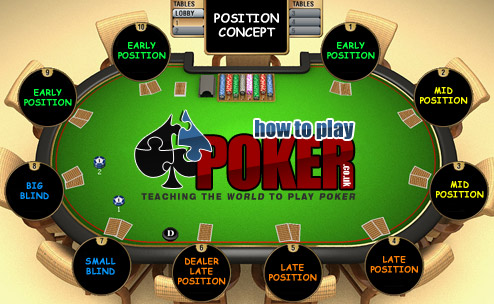Poker is not just about the cards in your hand; it’s about how you play them. One of the most critical aspects of mastering poker is understanding poker positions. Knowing when to fold, raise, or call can distinguish between a winning and losing hand. In this blog, we’ll dive deep into the concept of poker positions, how to use them to your advantage, and why they are crucial for players, especially those in the African poker community. Whether you’re a beginner or an experienced player, this guide will help you take your game to the next level.
Understanding Poker Positions: The Basics
In poker, position refers to where you sit at the table relative to the dealer button. This determines the order in which you act during each round of betting. There are three main categories of positions:
- Early Position (EP): This includes the small blind, the big blind, and the player to the left of the big blind (commonly known as Under the Gun). Players in this position are disadvantaged because they must act first without knowing what the others will do.
- Middle Position (MP): These players are seated between the early and late positions. It balances risk and reward since you have more information than early-position players but less than those in late positions.
- Late Position (LP): This includes the cutoff (one seat before the dealer) and the dealer button. Players in these positions have the most information and can often dictate the action, making it the most advantageous spot.
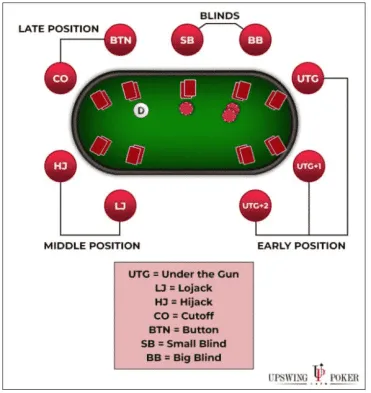
Why Poker Positions Matter
Poker positions guide your decision-making process and significantly impact your strategy. Here’s why they’re crucial:
- Information Advantage: The later your position, the more information you have about other players’ actions. This allows you to make more informed decisions.
- Control of the Pot: Players in late positions can control the size of the pot and pressure their opponents, especially those in early positions who have already invested chips.
- Flexibility in Play: Being in a later position allows you to play a broader range of hands because you have a better idea of the strength of your opponent’s hands.
Master Poker Positions: Key Strategies for Each Position
1. Early Position Strategy
- Play Tight: Since you’re acting first with limited information, play only your strongest hands. Focus on premium hands like pocket aces, kings, queens, and high-suited connectors.
- Avoid Bluffing: Bluffing from an early position is risky because you don’t know how many players will call or raise after you.
- Small Bets: If you decide to play, make smaller bets to minimize losses and gain more information without committing too many chips.
2. Middle Position Strategy
- Loosen Up Slightly: You can widen your range slightly compared to the early position. Play strong hands like high pairs, strong-suited connectors, and high cards.
- Use Information Wisely: Analyze the actions of early position players before deciding whether to raise or call. This is where observing the table can pay off.
- Situational Bluffing: You can start incorporating some bluffs if you notice that early position players are hesitant or have folded.
3. Late Position Strategy
- Play Aggressively: You can be more aggressive in a late position by raising and re-raising with a broader range of hands to take advantage of your information edge.
- Steal the Blinds: If everyone folds to you, consider raising with almost any hand to steal the blinds. This is particularly effective if the blinds are playing tight.
- Use Positional Power: If you sense weakness in players in early and middle positions, make bold moves to pressure them. You’re in the best spot to control the pot size and flow of the game.
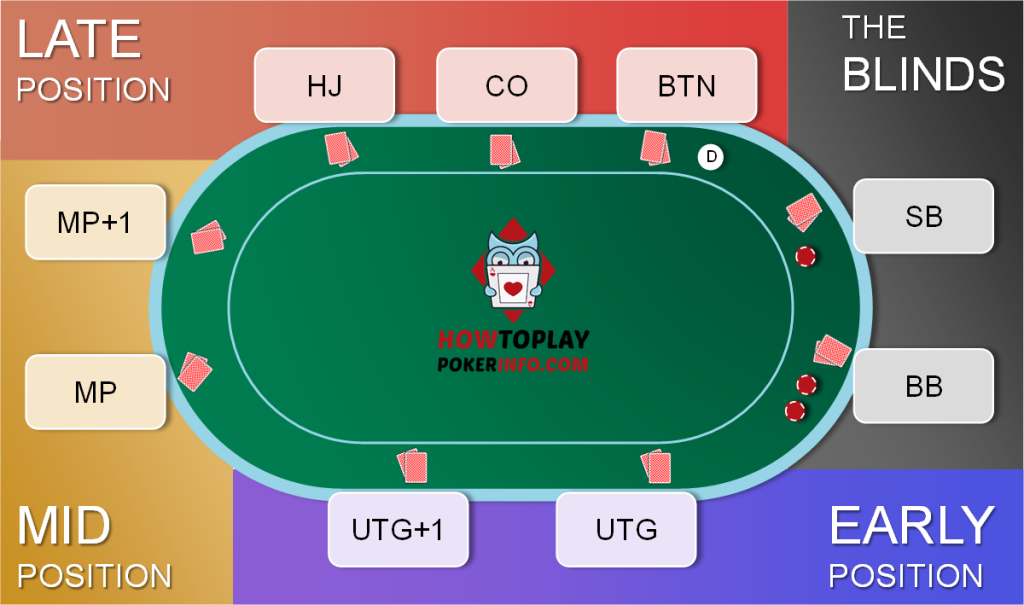
Advanced Poker Position Tactics
For more experienced players, understanding and mastering poker positions involves some advanced tactics. Here are some tips:
1. Isolate Weak Players:
If you notice a weaker player in the blinds or an early position, use your position to isolate them by raising or re-raising. This puts you head-to-head with a player you believe you can outplay.
2. Adjust to Opponents:
If you’re playing against aggressive players, you might want to tighten your range even in late positions. Conversely, loosen up against passive players who are likely to fold.
3. Positional Bluffing:
In later positions, you can use a positional bluff. If everyone checks to you, make a bet to take down the pot, even if you have a weak hand. This move works best against tight players who are likely to fold.
Poker Position Fundamentals: Dos and Don’ts
Dos:
- Do play tighter in early positions.
- Do use position to gather information.
- Do exploit weaker players when in late positions.
- Do use positional advantage to steal blinds.
Don’ts:
- Don’t overestimate the power of a hand in early positions.
- Don’t bluff too often in early positions.
- Don’t ignore the betting patterns of your opponents.
- Don’t be afraid to fold if you’re out of position and uncertain.
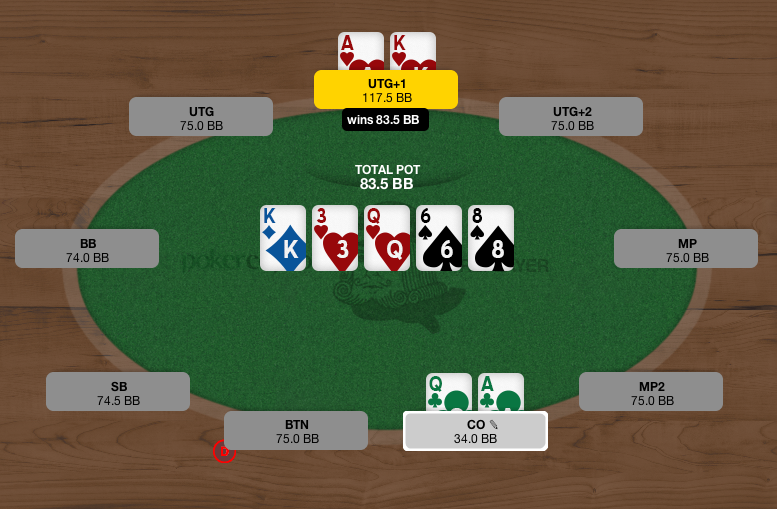
Position-Based Poker Strategy: A Step-by-Step Guide
- Assess the Table: Before making a move, evaluate the table dynamics. Who are the aggressive players? Who’s playing passively? Knowing this will help you plan your strategy based on your position.
- Use Table Position to Your Advantage: If you’re in a late position, capitalize on the information you’ve gathered from the other players. If you’re in an early position, play conservatively.
- Adjust According to Stack Sizes: Your strategy should vary depending on your stack size and opponents. With a large stack, you can be more aggressive in late positions.
- Observe Betting Patterns: Pay attention to how players in different positions bet. Are they consistent, or do they change based on their position? This can give you clues about their hand strength.
- Make Positional Adjustments: If you notice that players are playing back at you because they recognize you’re taking advantage of your position, switch it up. Play tighter or more aggressively as needed.
Poker Positions Cheat Sheet
- Early Position (EP): Play tight. Stick to solid hands. Avoid bluffs.
- Middle Position (MP): Widen your range slightly. Use information from early position players.
- Late Position (LP): Play aggressively. Steal blinds. Take advantage of your position.
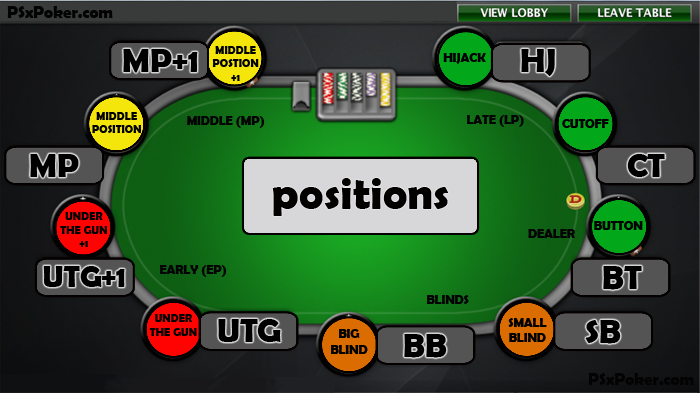
Maximize Your Poker Position Advantage in Africa
The African poker scene is snowballing, with more players joining online and live games. Understanding poker positions is crucial, especially when playing with diverse opponents. Here are some Africa-specific tips:
- Study Local Opponents: African players often have distinct playing styles. Some might be overly aggressive, while others are very tight. Use your position to exploit these tendencies.
- Leverage Online Platforms: If you’re playing on African online poker sites, use online tools and resources to track player tendencies based on their positions.
- Participate in Local Tournaments: Live African tournaments are a great way to practice positional play. The slower pace of live games allows you to observe and adapt your strategy more effectively.
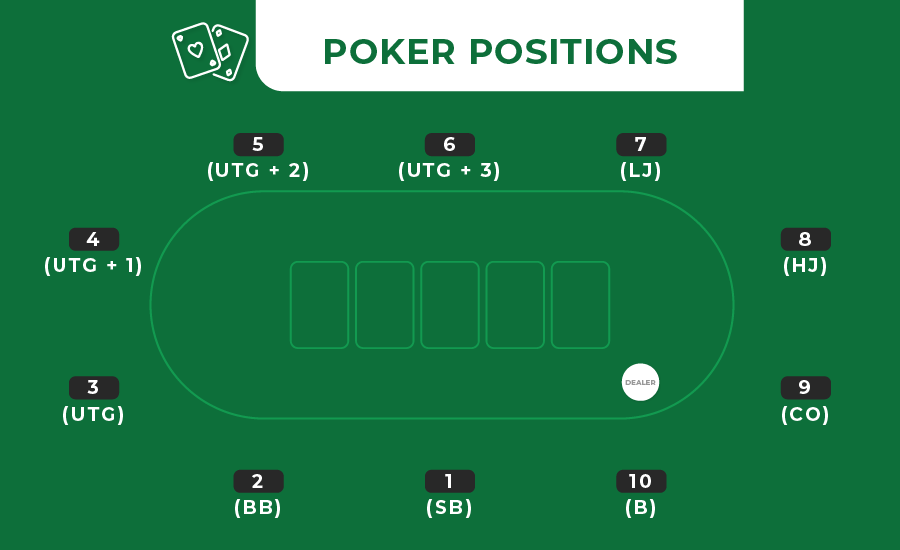
Conclusion
Mastering poker positions is a critical component of becoming a successful player. By understanding the strengths and weaknesses of each position and adapting your strategy accordingly, you can significantly improve your chances of winning. Whether playing in local African poker rooms or online, use this guide to turn poker positions to your advantage. Remember, knowledge is power in poker, and position is your best tool for gaining that power. Good luck at the tables!
For a better poker experience, sign up at BangCasino.com. Enhance your skills, enjoy exciting games, and make the most out of every position you play!
